Atmospheric pollution is an ever-current and much debated topic.
However, how many people stop and think about indoor pollution and the quality of the air we breathe inside our homes?
This too is a very important topic, and very few people know that it can be measured and improved
We will go over this topic in this article.
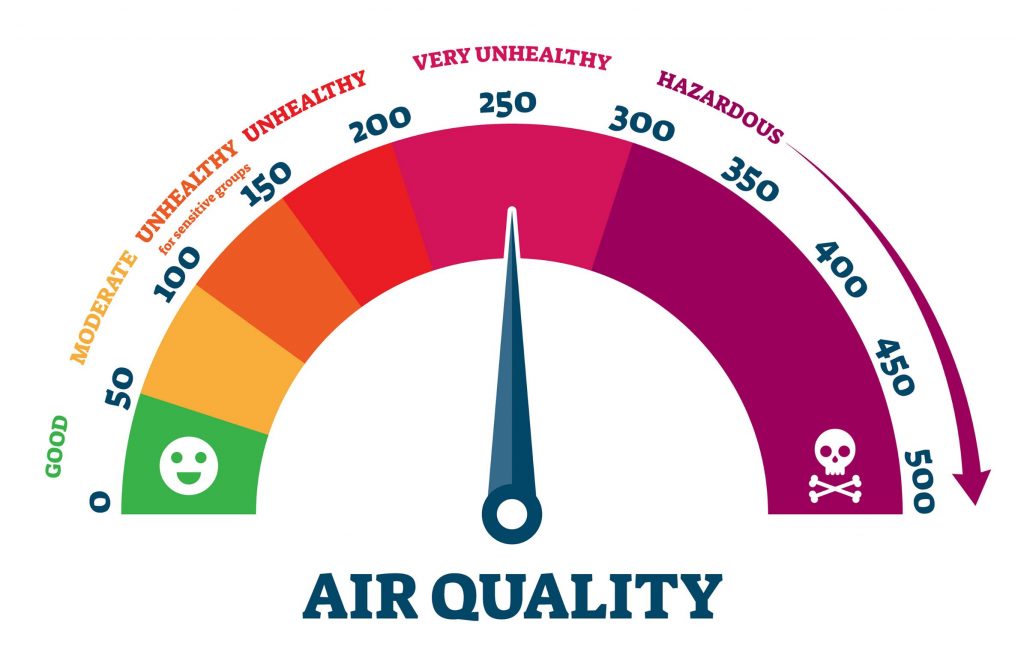
What affects the quality of air in our home?
Did you know there are several agents that determine the quality of indoor air?
Let’s see them together.

Ventilation
In order to live in a healthy environment, a continuous air exchange at regular intervals is required.
For this reason, in an averagely-sized room, you should open the windows at least every two hours.
However, especially during winter, this is not done regularly, since it would cause a significant thermal dispersion.
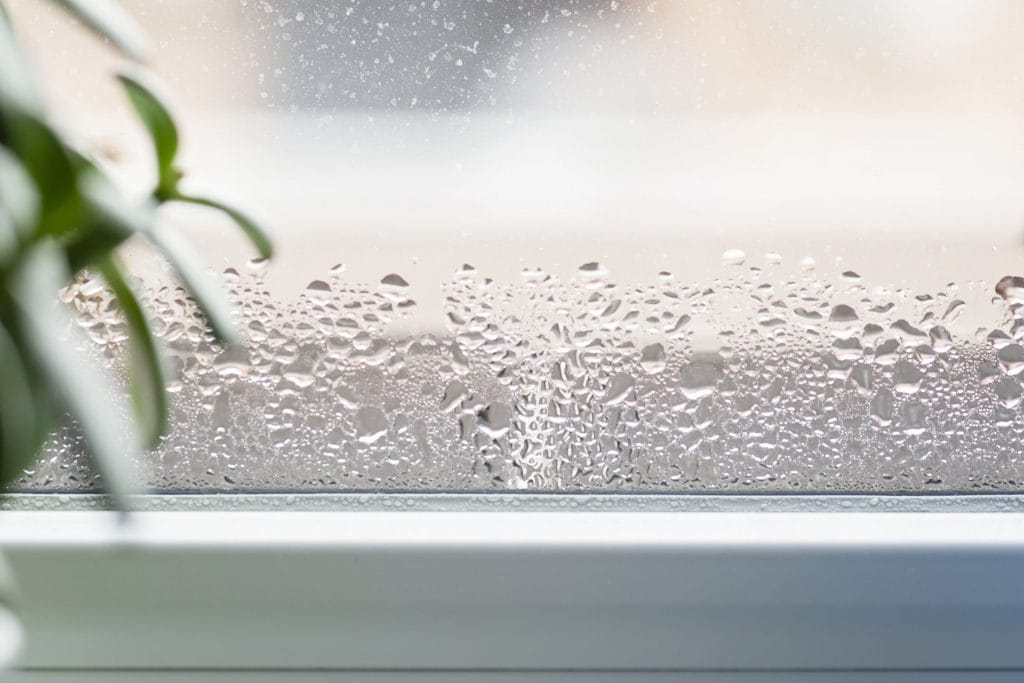
Humidity
Another significant factor for our home air quality it the percentage of humidity, which shouldn’t be too high or too low.
In particular, according to the Ministry of Health, the correct humidity rate should be comprised between 40 and 50% in winter, with a temperature of 20-21°, and between 50 and 60% in summer, with a temperature around 25°.
Humidity - naturally present in the air - can have different values in an environment, depending on certain actions.
For instance, taking a shower or cooking can increase the level of humidity in the air.

Carbon dioxide pollutants
Unfortunately, here are many substances that are potentially dangerous indoor pollutants.
First of all, there is CO2, the carbon dioxide generated by human activities, and also by heating systems that use fuel.
Carbon monoxide too, generated by several heating devices that burn oxygen and fuel, has a negative impact on the air quality inside our homes.

VOC
Moreover, there are the so-called VOC, volatile organic compounds, released into the air by furniture, coatings and construction materials, and printer and copy machine toners.
And that’s not all. These pollutants also come from the detergents we use to clean, and some of them contain also petrol or its by-products.
In particular, the most popular and dangerous VOC substance is formaldehyde, a gas with an irritating, yet silent odour, often present in glues and paints, and capable of being released into the air even after many years, without the home owner even realizing it.
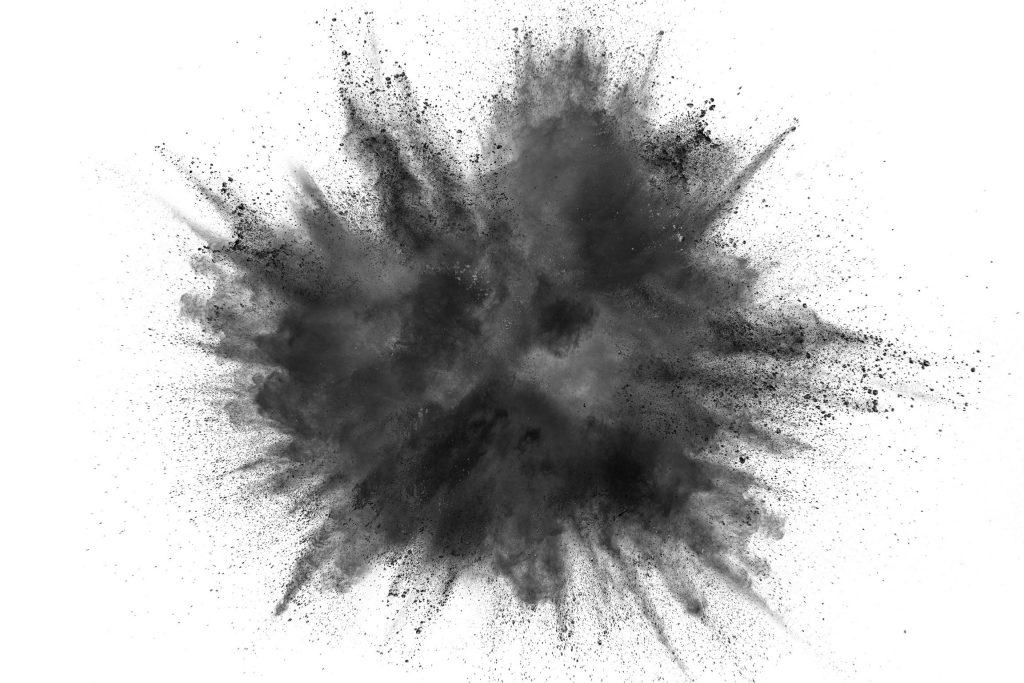
Fine particles
All this without including those substances that penetrate from the outside, such as fine particles and pollen that get into the house when we open the windows.
The same fine particles that cause city pollution are also in our homes. We find PM10 and the smaller PM2.5, particulates, comprising minuscule particles that cannot be seen with the naked eye.
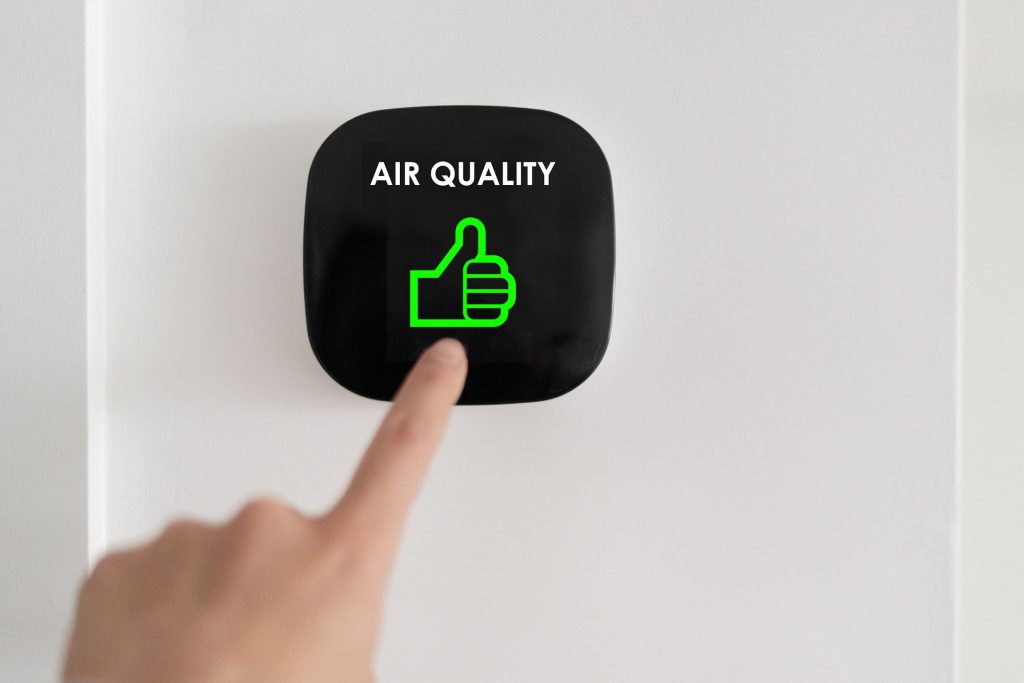
Why monitoring air quality is important and what are the risks for your health
All these factors affect the quality of air in your home - also called IAQ - and if not suitably detected, they can cause risks for your health.
Among the effects of being exposed to agents that affect indoor air quality - especially when it is not addressed for long periods of time - there are:
- Nose and throat irritation
- Red and puffy eyes
- Dry mucous membranes
- Asthma
- Headaches
- Insomnia
- Fatigue and chronic tiredness
- Vertigo, nausea
- Respiratory tract diseases (bronchitis, pneumonia)
- Cardiovascular diseases.
Apart from those, you should also consider allergies, since a poor air quality promotes the proliferation of dust mites, mould and animal dander.
In particular, the most sensitive subjects include children, pregnant women, and seniors who spend more time indoors, and, above all, have a more delicate immune system.
To this end, recent studies affirm how indoor air pollution can cause negative effects on our health up to seven times higher than those caused by outdoor pollution.
And it is no coincidence that, in the last period, latest-generation buildings focus more on home health topics.
Therefore, a poor air quality is often synonym with poor health, and this is why it is so important to monitor it even in our homes, the place where we spend most of our day, with our loved ones.
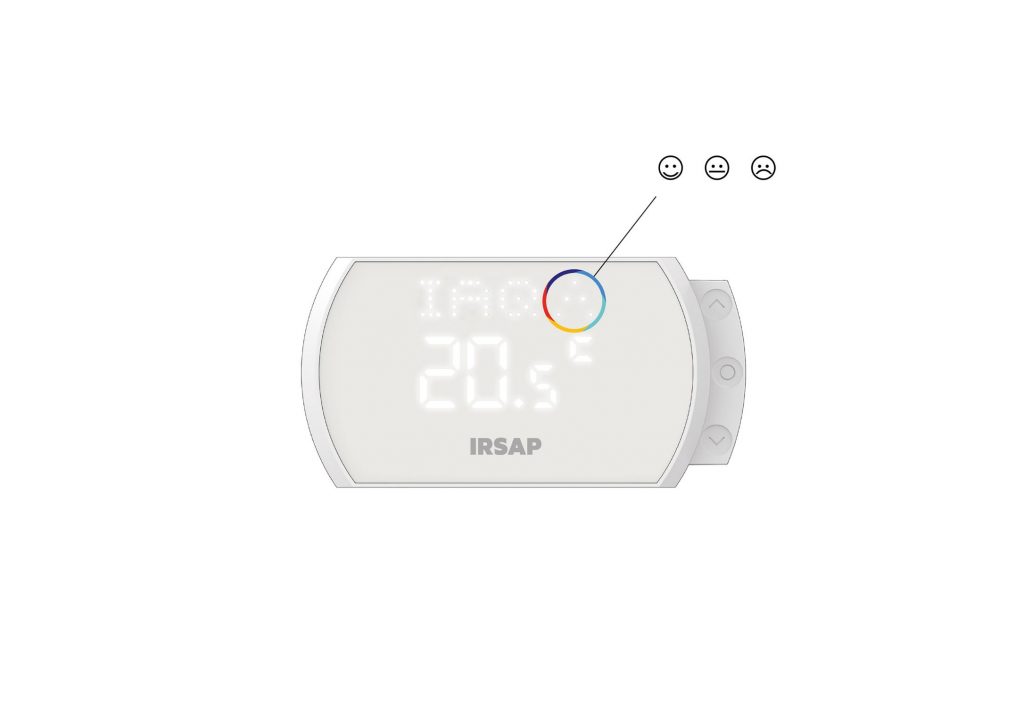
How to measure air quality in your home: the benefits of IRSAP NOW smart heating system
IRSAP NOW smart heating system helps you monitor the quality of the air you breather.
IRSAP NOW is the innovative system that allows you to turn your traditional system into a smart, wireless and multizone system, customizable in any kind of home.
It is designed to improve your comfort, thanks to an accurate monitoring of the air quality in every room of your house, and it is always accessible, from anywhere, with the App available for Android and iOS and compatible with Alexa and Google Home.
It is a smart heating system that helps you reduce the impact on the environment and save by optimizing your consumption.
In particular, the smart thermostat helps you set and measure the temperature of the room it is installed in in an accurate manner, and, thanks to its evolved functions, you can control also the level of humidity and air quality in your home.
This wireless thermostat helps you detect the presence of harmful substances - such as CO2, Carbon Monoxide, Ethanol or Toluene - in the air, by sending the data to your App, to always have healthy air in your home!
The smart thermostat is always connected, and it updates automatically to each new software version.
Browsing between the different functions, you will find the writing “IAQ” (Indoor Air Quality), which refers to the indoor air quality detected by the device.
The arrow that follows the acronym indicates whether the quality is good, sufficient or poor.
While the percentage shown indicates the humidity detected in the room where the Smart Thermostat is located.
Indeed, letter “H” before a number means “Humidity”.









































